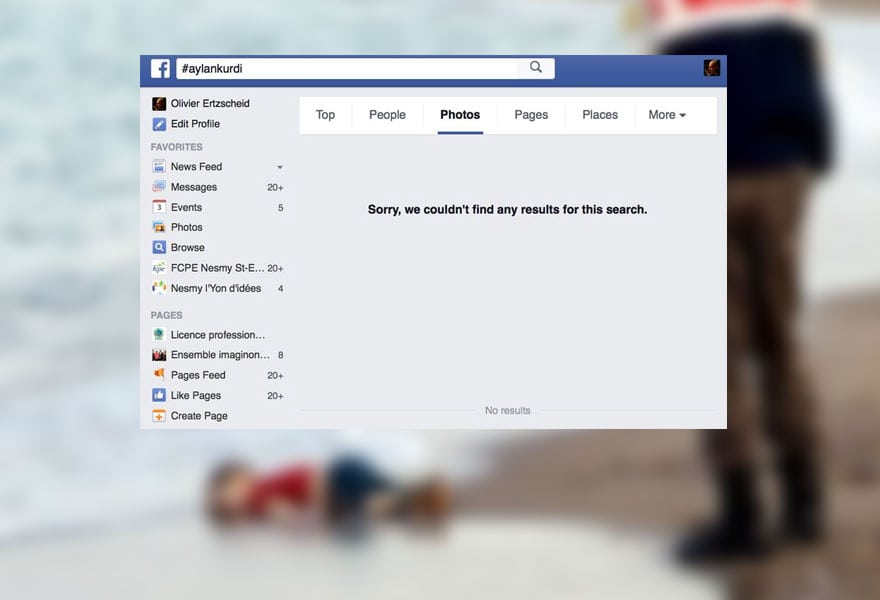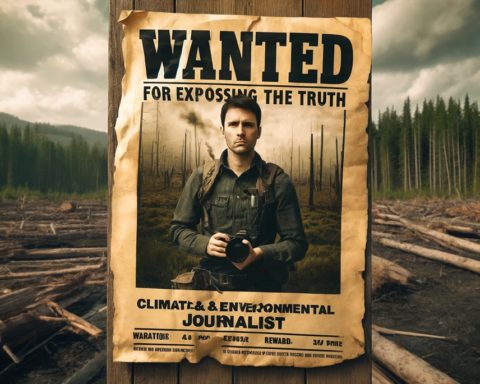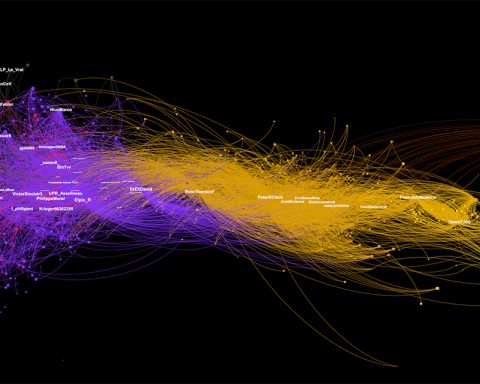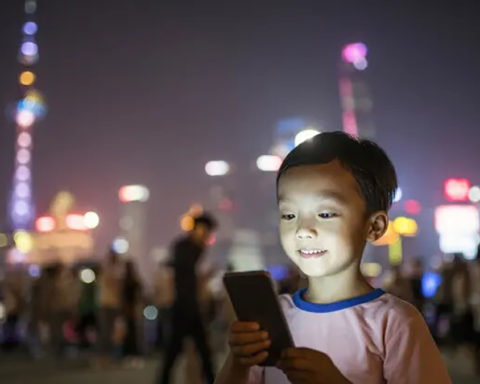While the whole of European public opinion and the main world leaders were shocked and mobilised by this photo of the dead child on a beach in Turkey, it has now disappeared from Facebook searches. A kind of algorithmic hygienism, denounced by Olivier Ertzscheid, Lecturer in Information Sciences at the University of Nantes :
Do you know that it is impossible to search for a photo of Aylan Kurdi on Facebook? Don't get me wrong, you can of course find pictures of Aylan Kurdi on Facebook. Thousands, maybe millions of us have seen them on our wall. But to "search" not for "some" but for "the" photo of Aylan Kurdi, the 3-year-old refugee who drowned, searching for this photo on Facebook is impossible. The photo does not exist. Let me explain this to you.
I won't tell you about the image itself, what it says and what it reveals. I'll let André Gunthert do that through these two interviews at the Le Figaro and to Libérationas well as on its blog.
Nor will I tell you again about the photos of these four other dead children whose names we still do not know, who also died at sea, even though they died a few days before Aylan Kurdi. I've got it. already done yesterday.
But while almost all the newspapers (press and TV) of the planet are passing Aylan's photo in a loop, while editorials are multiplying to explain the choice to show or not to show it (that of Johan Hufnagel is as new as it is courageous), I just want to take five minutes to come back to a notion that is increasingly close to my heart, what I call "algorithmic editorialization".
Concretely, algorithmic editorialization is this:

(All screenshots of this article were taken on Thursday, September 3 between 9:00 and 9:45 pm)
You can, at home, do the test with the same request #Aylankurdi, or even vary with "Aylan Kurdi", the result will be the same: nothing.
"Sorry, we could'nt find any results for this search. »
On Thursday, September 3, 2015, the query "Aylan Kurdi" does not bring back any image in the dedicated part of the Facebook search engine.
The query "Aylan" returns the following results:

5 " photos ", 2 of which are identical (drawings) but still not the photo
Three hypotheses can explain this
Hypothesis 1: Facebook's search engine is desperately needy
Wrong. At this point it's still pretty unlikely. It could also be objected that, unlike Google, Facebook's engine only runs on internalities (contents) published on the platform. Here again, the argument does not hold up, since even beyond the individuals who "shared" the photo, most of the newspapers that posted it on the front page have a Facebook page on which they also published the photo. The photo is there, on different profiles and pages, but it has disappeared from "photo" search results.
Hypothesis 2: Aylan's photo has been widely "flagged" by users as shocking, inappropriate, etc.
True and false. True because many users did indeed "report" it, believing - and this is their strictest right - that they did not have to do this at breakfast or when their own children could hang out in front of the family computer. But wrong, because this cannot be sufficient to explain the total absence of answers in the "images" section of Facebook's search engine.
A few days before the death of Aylan Kurdi, other equally unbearable photos of drowned children stranded on a beach in Libya (the one in my previous post) had also been posted on Facebook before being purely and simply deleted ... by Facebook. The story is told in detail here.
"On August 29, Syrian artist Khaled Barakeh posted an album of seven photographs to Facebook, entitled Multicultural Graveyard. »
These photos had been shared and commented on more than 100,000 times in less than 24 hours. On August 30th, the entire album was deleted from the platform.
From Google Bombing to Facebook Erasing. Just as a sufficient number of users could, in the glorious days of Google Bombing, associate the query " asshole "With a result pointing directly to the official page of the Elysée Palace containing Nicolas Sarkozy's bio, users are now able (if the number of reports is sufficient or abnormally high over a very short period of time) to remove a work by Courbet because of pornography, or the photo of a child's corpse because of "no thanks, now I'm eating".
As much as the power of "Google Bombing" was exciting by the possibility offered to take the algorithm to its own trap, to its own game, as much as the arbitrariness and good-sounding puritanism of "Facebook Erasing" is disturbing and distressing because it makes each one of us the Kapo of an operetta of a moral order holding between the underwear soiled with our frightened virtue and the wrath of our couch indignation.
Hypothesis 3: it is a deliberate - algorithmic - choice of the platform not to display this photo.
We are reduced to act it as a probability because, of course, Facebook will never communicate about it, neither to deny nor to confirm.
From #JeSuisCharlie to 1TP3Where is Aylan?
That Facebook chooses to erase the reality of migrants from its "wall" is one thing. That it is impossible to find, 24 hours after its worldwide publication, the slightest trace of Aylan Kurdi's photo in the dedicated part of the platform's search engine is another.
Especially when you look at the other "image walls" of Twitter or Google, the question doesn't even arise. Aylan's photos, Aylan's photo is there, in evidence, as well as all the elements of reappropriation, of recontextualization that make it possible to document this fact, this sinister reality.


But on Facebook, nothing:

The fact is that the photo of Aylan Kurdi disappeared from Facebook search results. While it saturates the entire media space, it is almost completely invisible from the platform that best exemplifies this "attention economy" today. Its disappearance means that it cannot attract or fix our attention. It is a question, for the platform, that we pay attention to something else.
Then why?
Probably because there's a bit of Steve Jobs in Mark Zuckerberg, at least in the idea of making his platform and his brand a totally "safe & secure"...away from any images that are too violent, too shocking. A hygienic shopkeeper.
Probably because it's not good for business. As we know, many studies have shown (including and especially those conducted by Facebook without our knowledge), putting users in a "light and joyful" state of mind facilitates and increases the number of interactions on the platform and puts us in a state of mind likely to make us consume more and thus feed the advertising network of the same platform.
Why is this so disturbing and so serious?
The disappearance of Aylan Kurdi's photo from Facebook does not prevent us from seeing the reality of the refugee tragedy. Even if half of the connected humanity is present on Facebook, they do not - fortunately - inform themselves only with Facebook.
The disappearance of Aylan Kurdi's photo from Facebook should not be seen from a "moral" point of view either. Facebook may be used by half of humanity connected, but Facebook remains a private platform. And in the same way that Le Monde, Libé, Ouest-France or Jean-Pierre Pernaud have the right to show or not to show the photo of a child's corpse, Facebook also has this legitimate right. Even if, unlike the previous ones, it exonerates itself from any explanation on its editorial and/or algorithmic choices.
The disappearance of Aylan Kurdi from Facebook's image wall is serious because it is the most perverse form of the alibi of personalization. Facebook places us in a situation of paradoxical injunction or double constraint by letting us bear all the responsibility:
-· "Don't you want to see a picture of a dead child? We understand, we're responsible, we won't show it to you. If you do see them, please report them to us immediately. »
- "Not to show you this picture would deprive you of the right to be informed? Exactly, look how this photo has been shared within the platform, among your own friends. »
The paradox can therefore be summarized as follows: Facebook is certainly the platform - far behind Twitter but for different reasons - on which the photo of Aylan Kurdi has been "shared" the most, but Facebook is also the platform on which the photo of Aylan Kurdi is, in the end, the least visible.
How is that possible? Thanks to this characteristic effect of social networks that we call the majority illusion.
Majority Illusion
Ask your friends. Most of them will tell you that they saw the photo of Aylan Kurdi on Facebook. The reality is quite different. The illusion of the majority is a phenomenon that makes us perceive as common or very widespread a phenomenon or information that is in fact very rare or not very widespread. Everything is explained in detail on the Technology Review but the idea is basically this:
"This comes about because the distribution of friends on social networks follows a power law. So while most people will have a small number of friends, a few individuals have huge numbers of friends. And these people skew the average. (…)
Exactly this situation occurs in social networks, and not just for numbers of friends. (…)
Now Lerman and co have discovered a related paradox, which they call the majority illusion. This is the phenomenon in which an individual can observe a behavior or attribute in most of his or her friends, even though it is rare in the network as a whole. »
To come back to the example of the photo of Aylan, it is enough that a few individuals / pages with a very large number of connections (or "friends") have distributed this photo for us to have the impression of a massive distribution to all our "friends", even if this distribution is actually rare on the scale of the network as a whole.
The profile of opinion
To understand why the disappearance of the photo of Aylan Kurdi on the scale of a certain use of Facebook (the search for images) is, if not worrying, at least problematic, we must make a small detour through Google and politics, as well as through the old - 1972 - McCombs and Shaw theory on the "Agenda Setting".
Let's take things in order:
The Agenda Setting. The "agenda function" is essential in the media economy and in the conflictual relationship between the different media actors: politicians, polling institutes, editors, etc... The media play an important role in shaping social reality through the selection and classification of information. In short, they are the authors of a real public agenda that orders and organizes our world. Our interests and uncertainties about an object or a social debate create a gap that these media fill. The undecided individual needs information in order to be able to make a choice that will accompany or modify his ideological positioning. The more the individual masters the object or social debate in question, the less he or she assigns the role of "agenda setting" to the different media. Conversely, the less the individual masters the subject, the more distant or complex the subject is, and the more the agenda-setting role that he or she assigns to the media will be decisive in the choices and positioning of the individual. Result of the races: studies of agenda setting show that the media do not tell us "what to think" but "what to think about", and that it is of course possible for them to use this reminder function as an incentive. In clearer terms, we have all noted the upsurge in reporting on the rise in insecurity in Jean-Pierre Pernaud's newspaper in the run-up to a presidential election.
Google and the policy. I told you about it before, but it's all recalled in this article from the Le Figaro following the publication of a new study confirming that the simple ordering of results on a search engine is capable of modifying the outcome of a vote.
So What ?
While half of the connected humanity has a Facebook account, while Facebook clearly claims its intention to become a native news media (by encouraging newspapers to publish articles directly on its platform), while the threshold of one billion people connecting on the same day has been crossed recently and will be crossed more and more regularly, while what is now "searchable" and "findable" in the different connected platforms (Google, Twitter, Facebook, etc.) and the order and rotation rate of this display clearly plays a role ofagenda setting including as a trigger with the "traditional" media, the disappearance of Aylan Kurdi's photo should allow us to question our relationship to information, our relationship and our "private" representations of "public" information.
The informational dynamics of a social network has never been, is not and can never be the same as that of a media outlet. This is certainly not a discovery or a revelation, but at a time when there is an increasingly systematic shift of media outlets towards social platforms, it is worth recalling.
The very structure of a social network, the "illusion of the majority" phenomena, the algorithmic opacity that presides over it, the direct causal link between the nature of the information disseminated and the impact on the consumption habits of the users who are exposed to it and therefore on the economic model of the host platform, should lead us not to treat lightly this disappearance, this "untraceability" of Aylan Kurdi's photo.
The other lesson is that the attention economy is giving way to an economy of occupation. And that, contrary to certain classic editorial strategies of the press, radio or television, it is out of the question for these platforms to give way to an economy of preoccupation. Which is worrying, to say the least....
Olivier Ertzscheid, Lecturer in Information and Communication Sciences
"In search of Aylan Kurdi." Affordance.info ISSN 2260-1856. 04/0/2015 http://www.affordance.info/mon_weblog/2015/09/recherche-aylan-kurdi.html












